Frederica Freyberg:
A closer look now at potential changes to the federal program that feeds people. Over 650,000 people in Wisconsin receive food stamps or, as the program is called here, FoodShare. The Trump Administration has looked at cutting those benefit. At one point suggesting providing recipients with nonperishable food boxes instead of money to purchase items at a grocery store. Marisa Wojcik reports on how disagreement between Republicans and Democrats has stalled progress on the new Farm Bill, which funds the supplemental nutrition assistance program.
Marisa Wojcik:
Bipartisan talks around the 2018 farm bill have slowed recently, in part because republicans are looking to trim the federal deficit by making cuts to food assistance. What used to be known as food stamps is now the Supplemental Nutrition Assistance Program, or SNAP. That program makes up 80% of spending represented in the Farm Bill. Budget cuts to SNAP could be a moving target because, as executive director of Feeding Wisconsin says, the cost of providing SNAP goes up or down depending on the need.
David Lee:
When people are poor and when they need help and when they’re income-eligible, they qualify for benefits. That’s why the program is described as being elastic.
Marisa Wojcik:
At the program’s peak, 47.6 million Americans received SNAP benefits in 2013 when the country was still in economic recovery. Since then that number has dropped by 13% and the federal government has distributed $12 billion less in SNAP benefits. Despite the program naturally contracting, House Speaker Paul Ryan says he expects more. He states on his website that SNAP increasingly serves as a replacement to work and should be reformed to improve work requirements. As for replacing food stamps with a food box, the federal government already does that for seniors. But there’s also concern that those boxes made up of surplus commodities that include cans of veggies, cheese, protein, juice, dry milk, cereal and pasta, could be discontinued. The proposal to replace SNAP benefits with what’s referred to as America's harvest box would not include fresh foods.
David Lee:
From everything we know and everything we’ve been hearing about, it is a commodity food box, which is a staple box of commodity goods.
Marisa Wojcik:
Many of the logistics behind packaging and distributing the harvest boxes would fall onto food banks.
Dan Stein:
That's one challenge: the sheer quantity that would be required in the harvest box. We estimate maybe 50,000 boxes would be necessary in the 16 counties we serve.
Marisa Wojcik:
Meanwhile, as disagreements among lawmakers in Washington continue, the 2014 Farm Bill is set to expire at the end of September.
Search Episodes

Donate to sign up. Activate and sign in to Passport. It's that easy to help PBS Wisconsin serve your community through media that educates, inspires, and entertains.
Make your membership gift today
Only for new users: Activate Passport using your code or email address
Already a member?
Look up my account
Need some help? Go to FAQ or visit PBS Passport Help
Need help accessing PBS Wisconsin anywhere?

Online Access | Platform & Device Access | Cable or Satellite Access | Over-The-Air Access
Visit Access Guide
Need help accessing PBS Wisconsin anywhere?

Visit Our
Live TV Access Guide
Online AccessPlatform & Device Access
Cable or Satellite Access
Over-The-Air Access
Visit Access Guide
 Passport
Passport

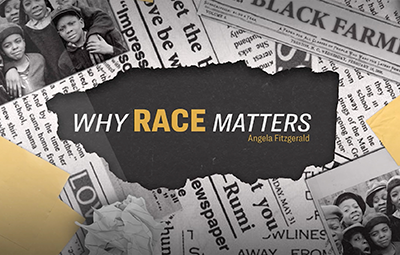



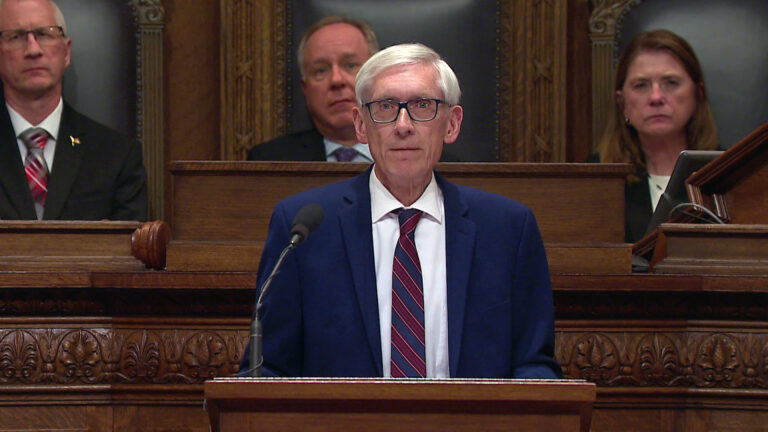


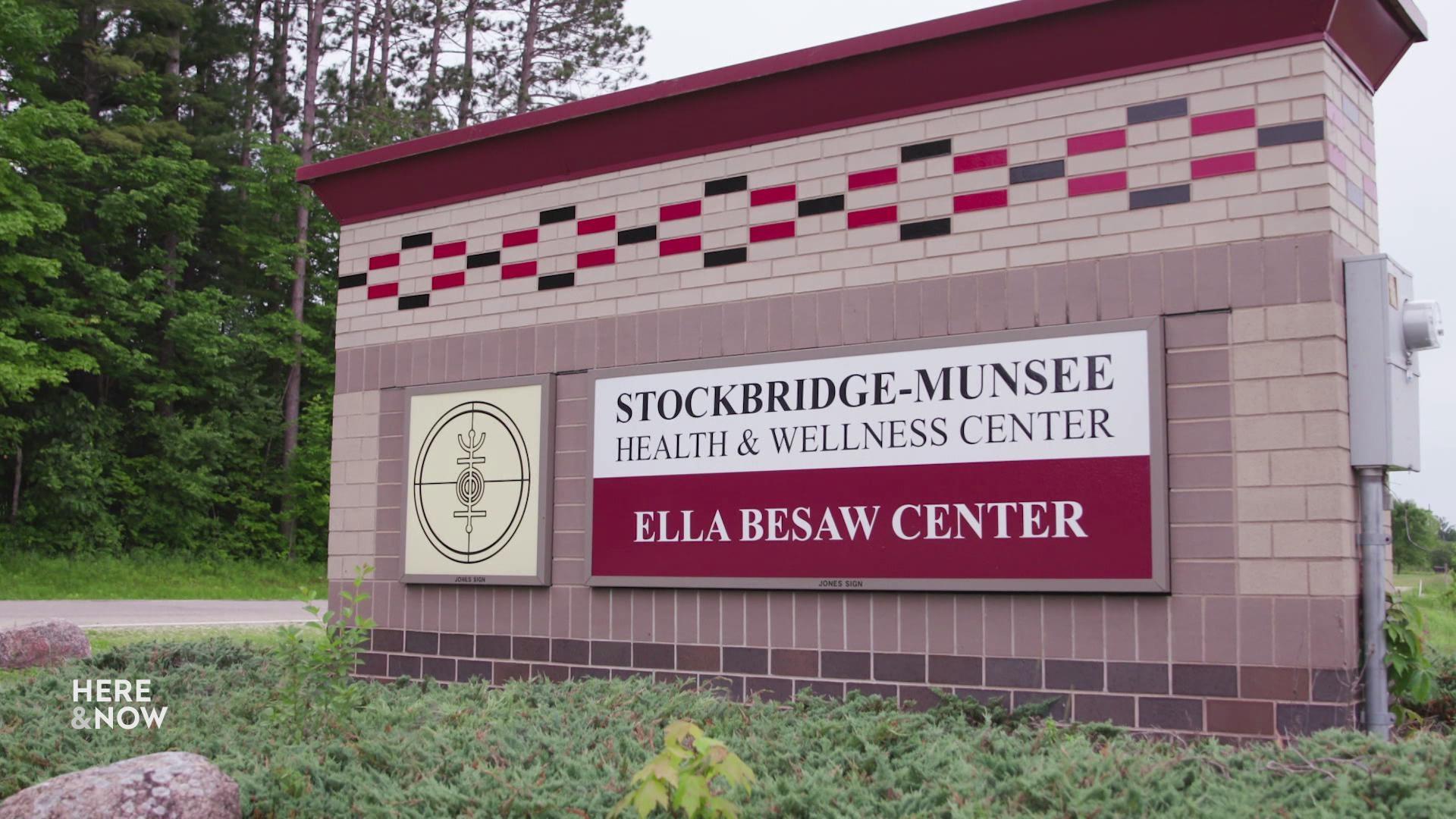
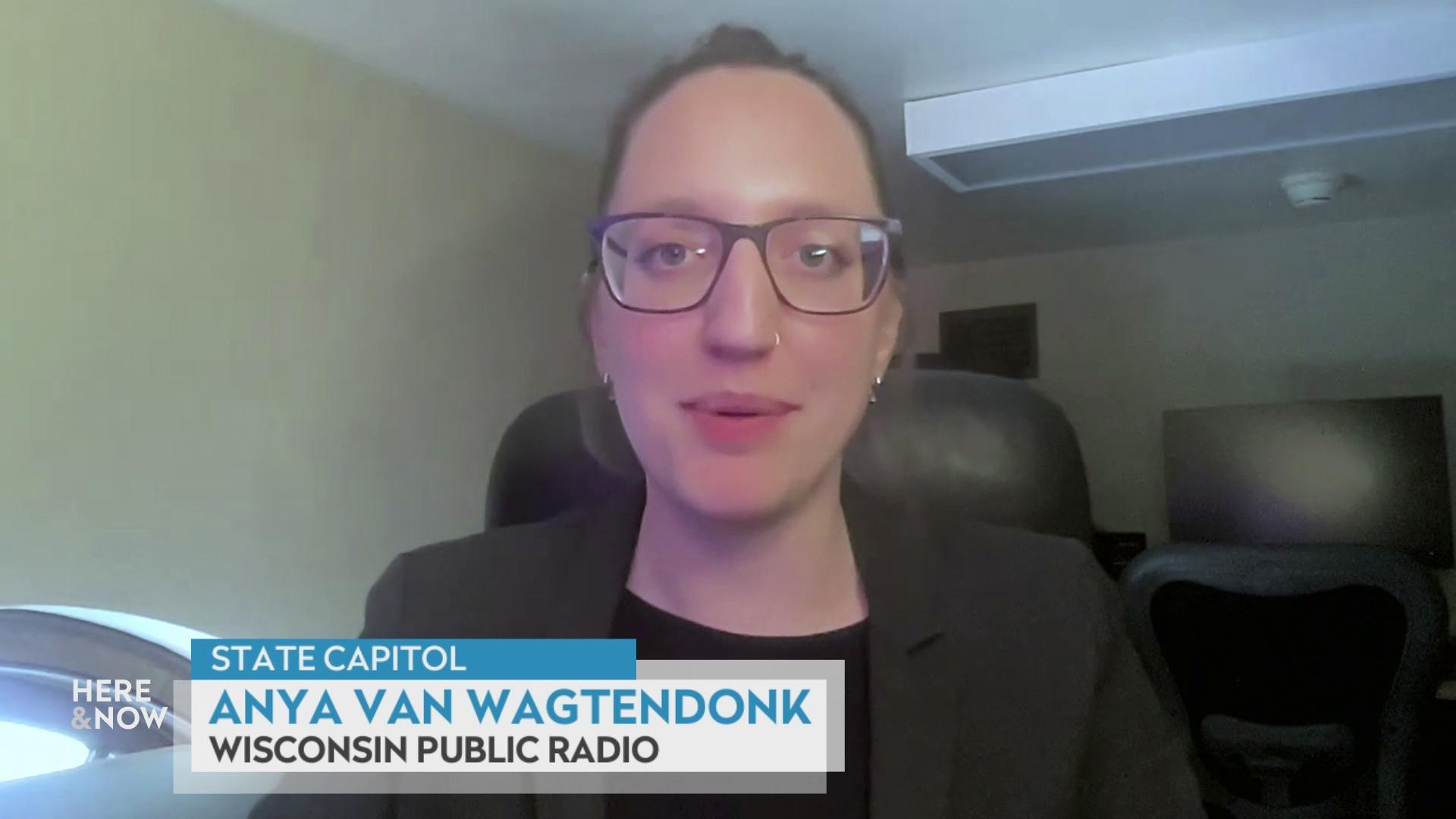
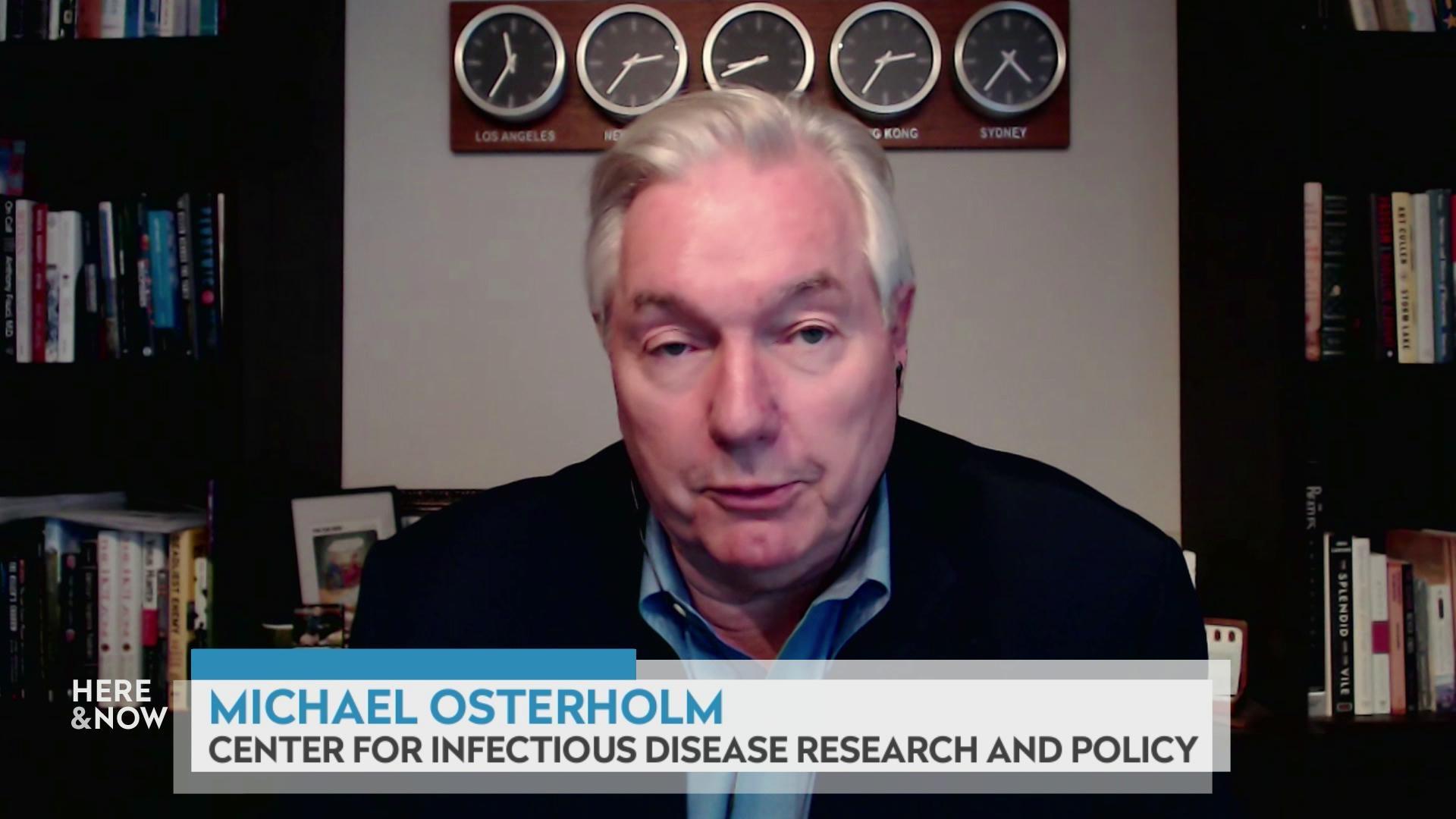
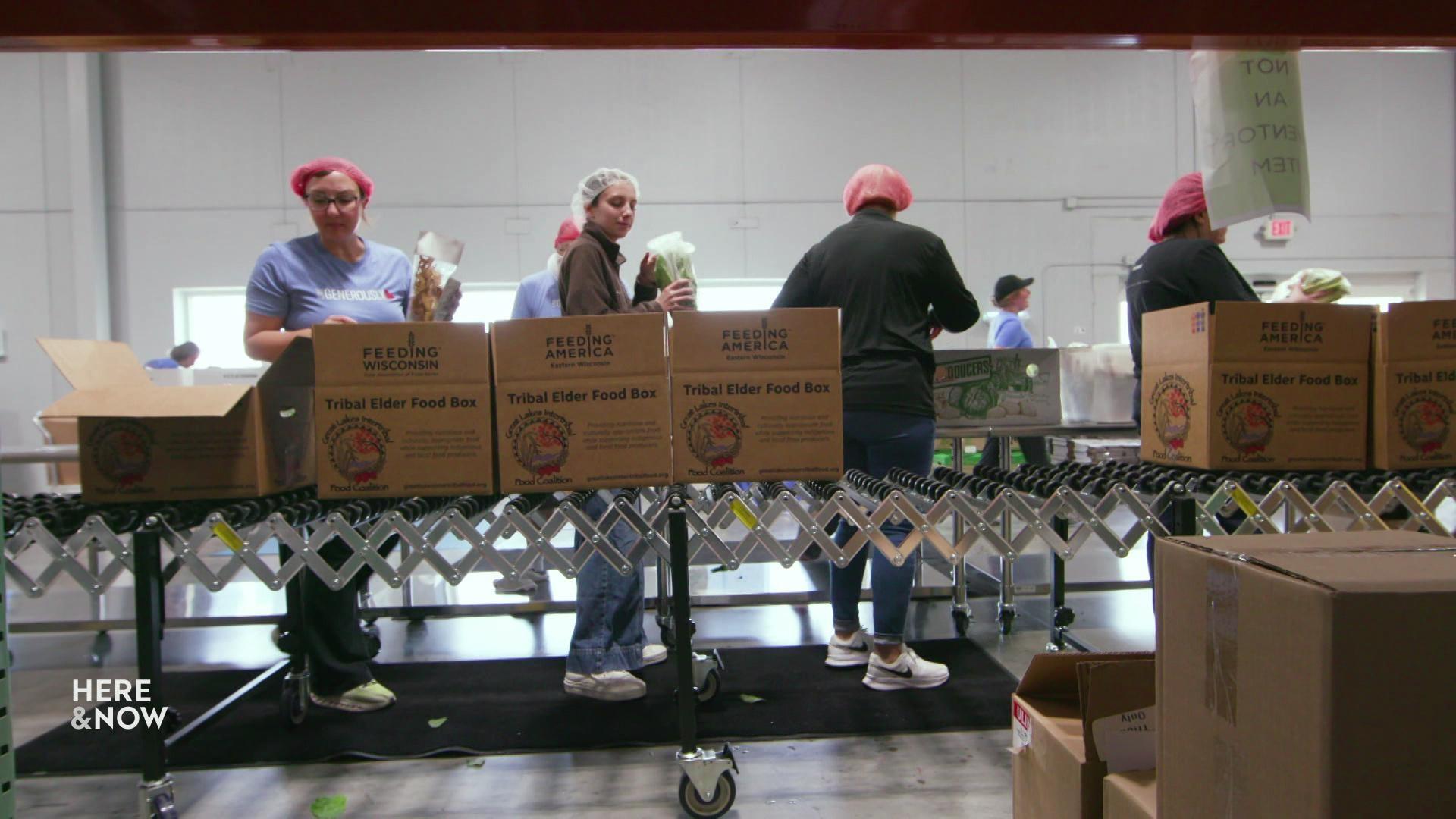

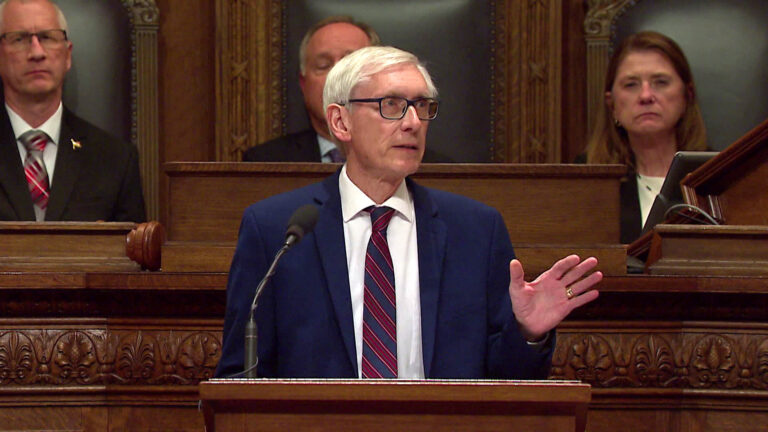
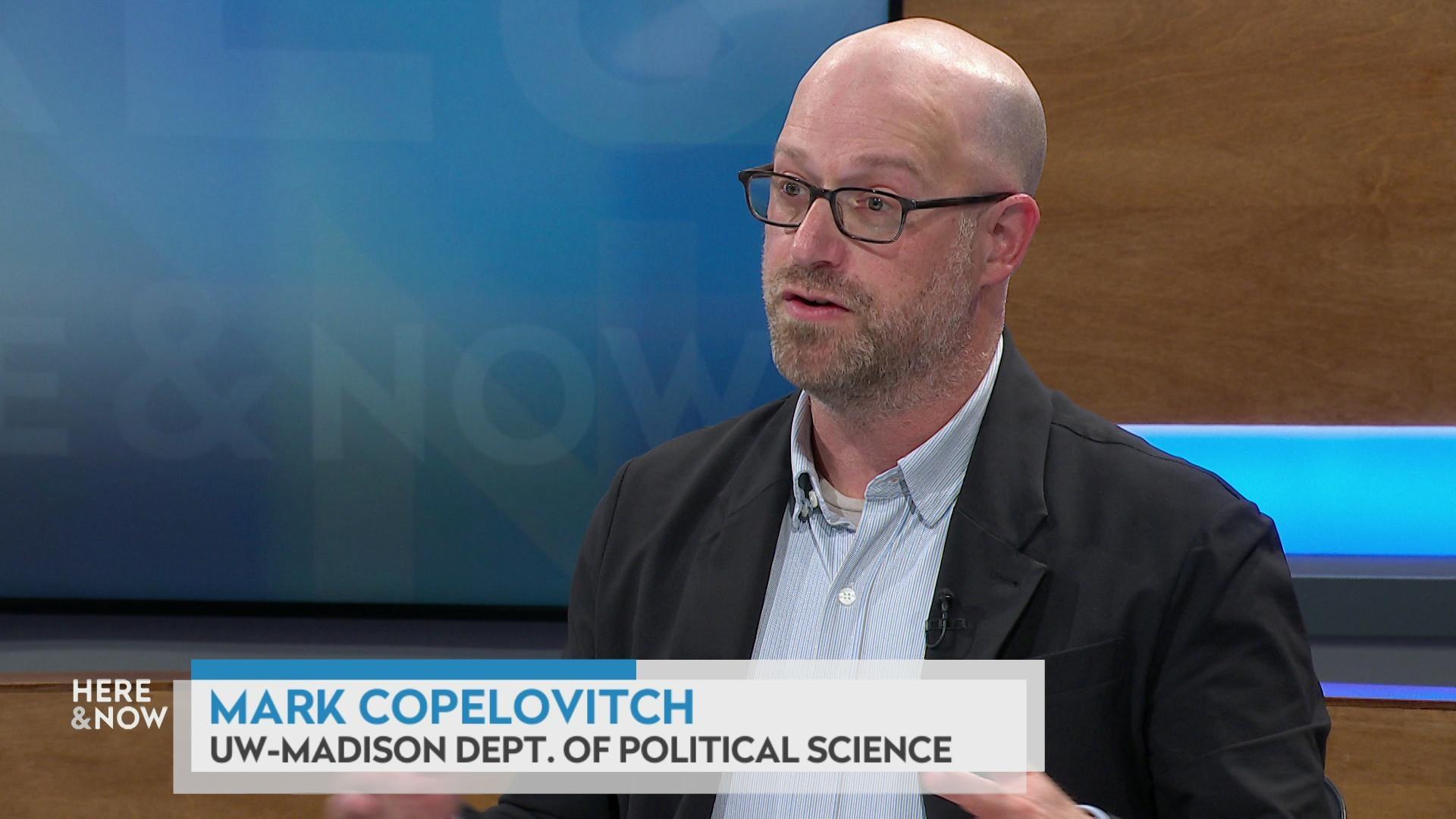
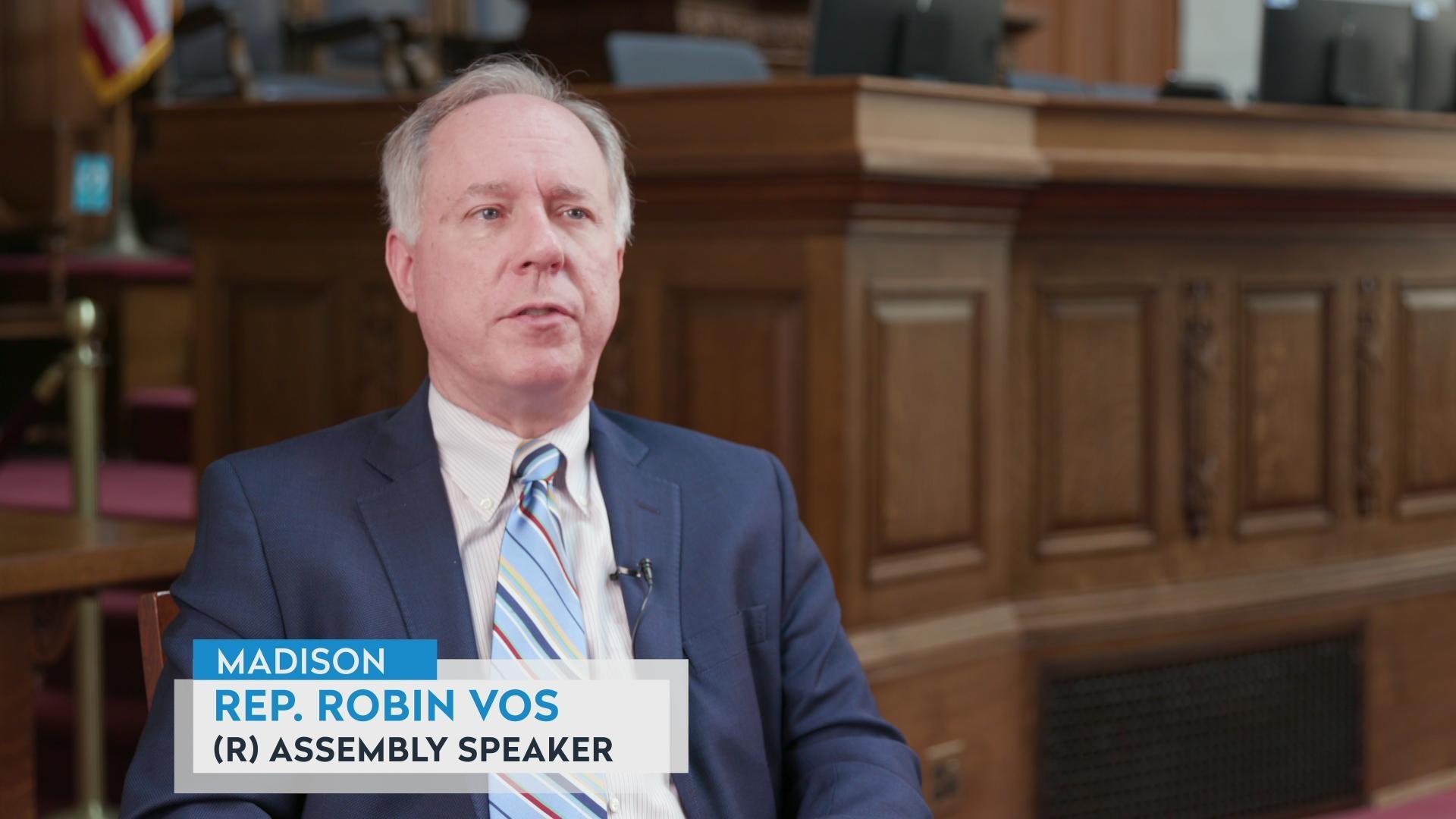
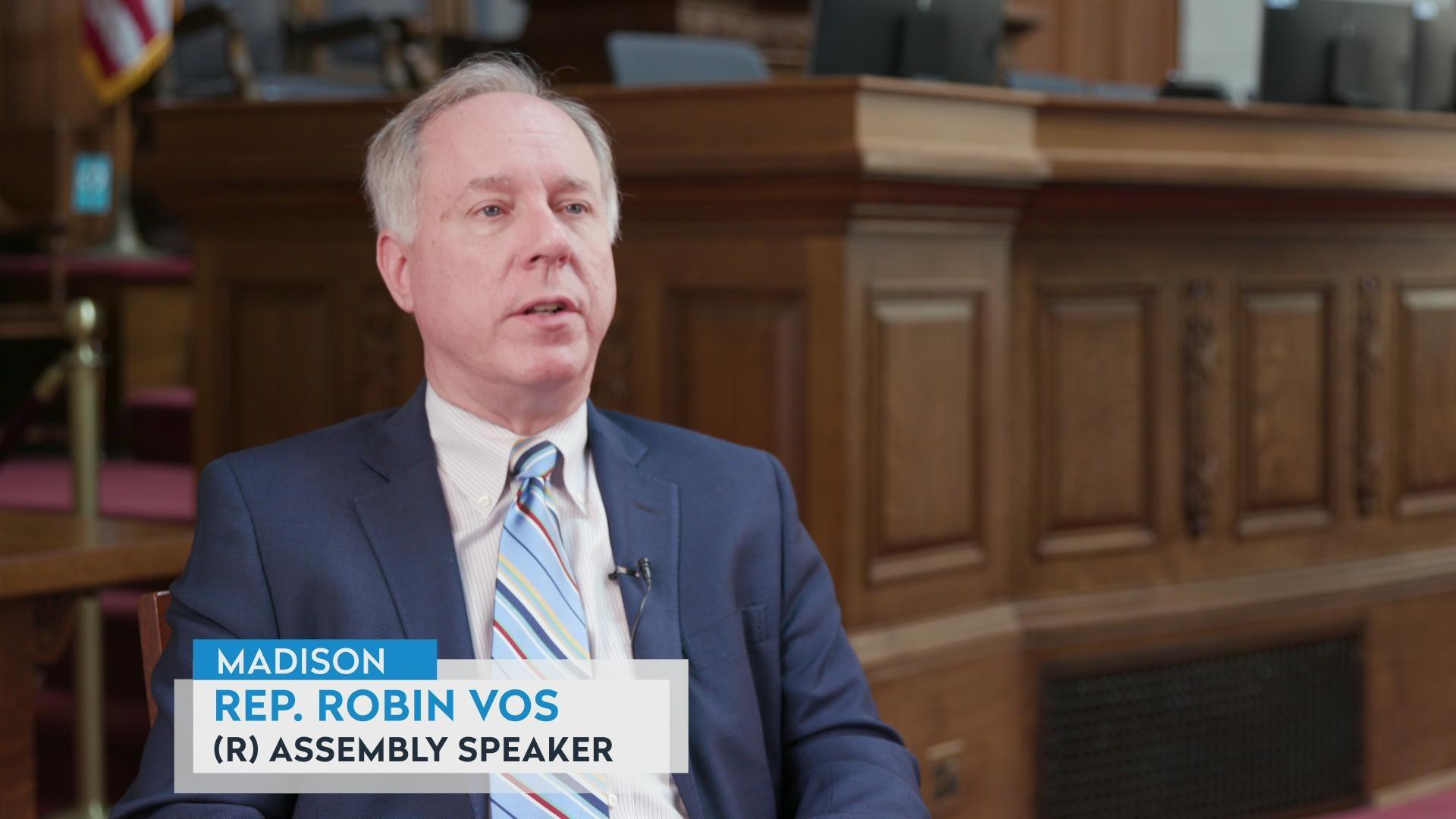

Follow Us